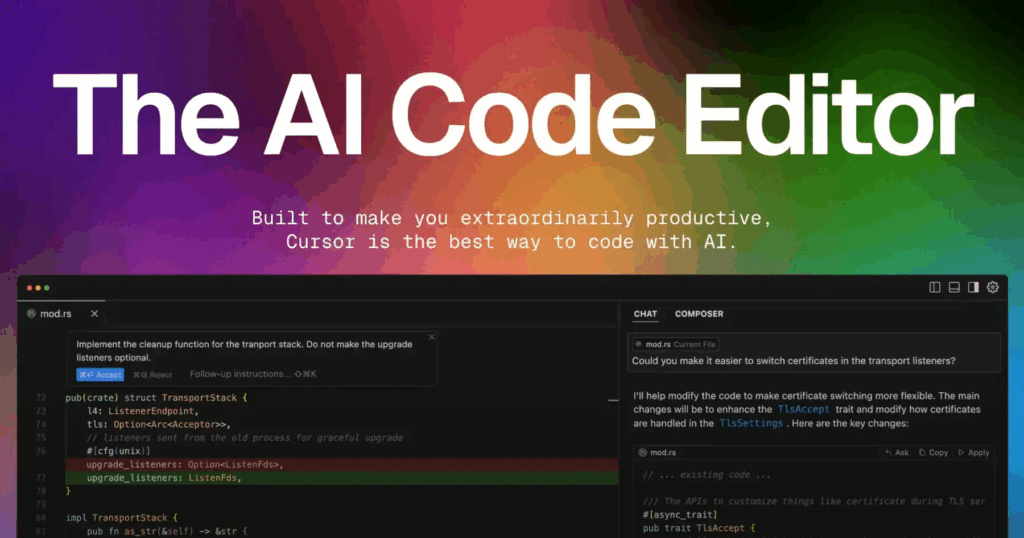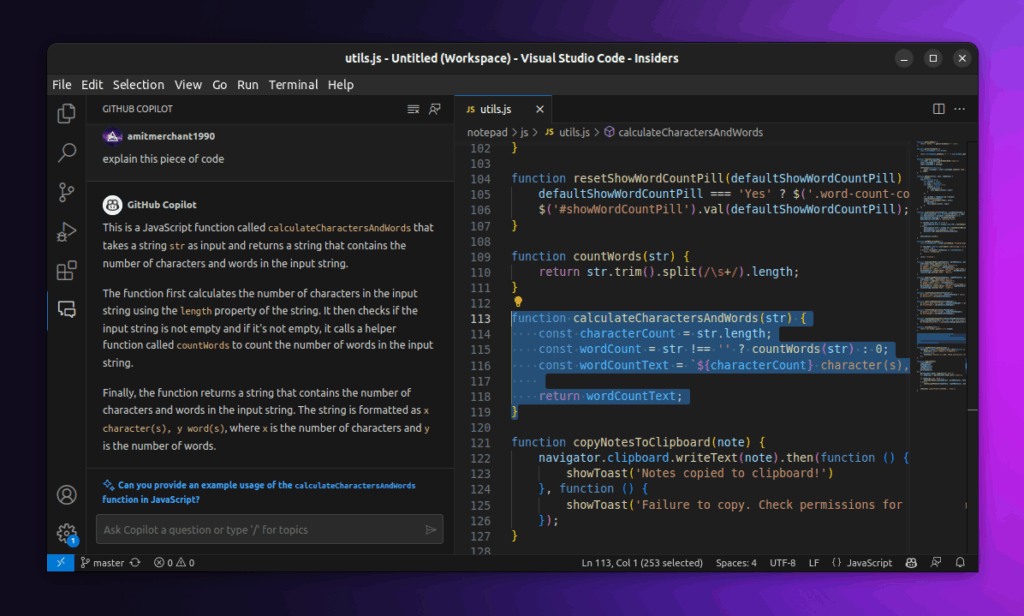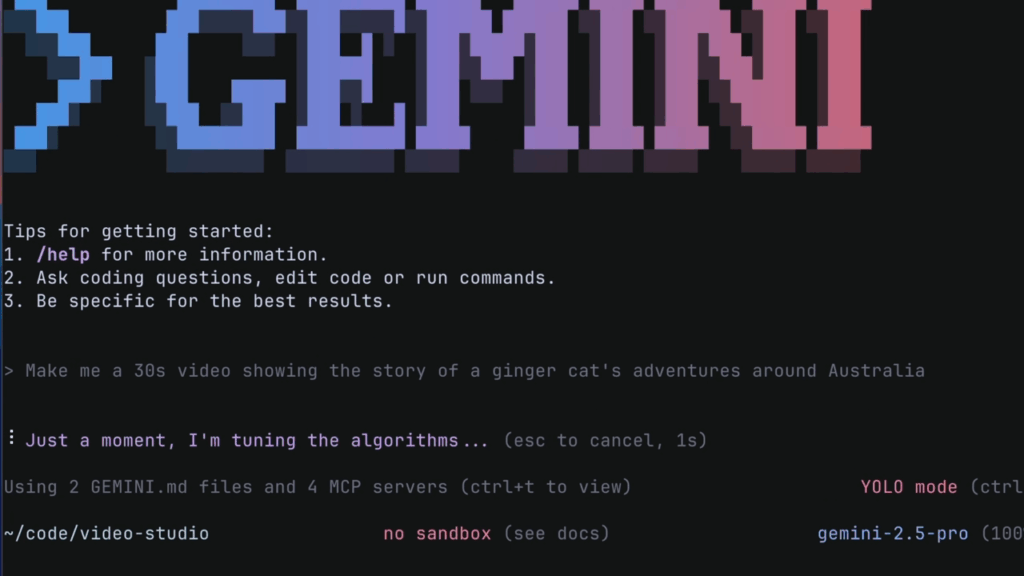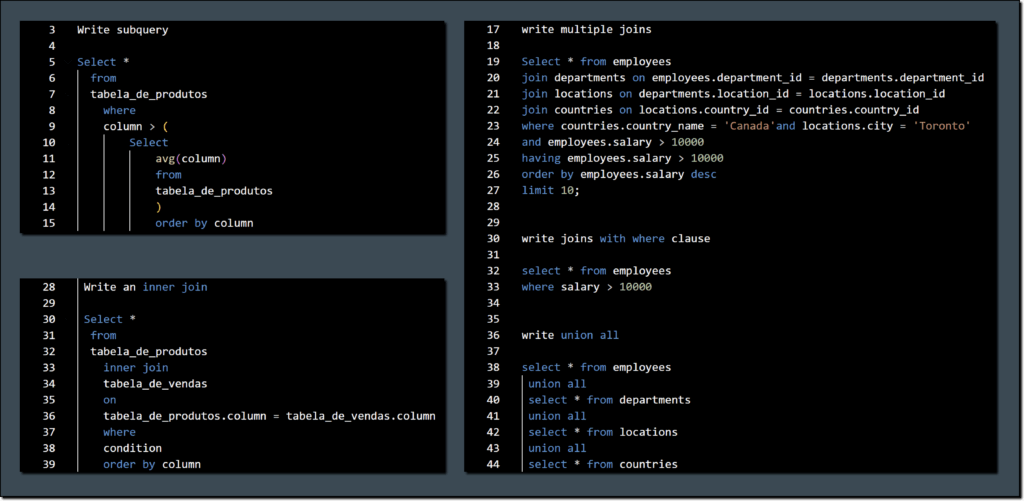In 2025, the Top 10 AI Tools for Coding in 2025 are transforming how developers write, test, and deploy applications. Whether you’re a seasoned professional or a student exploring free ai tools online, this roundup of the top 10 AI tools for coding will have you covered. These ai coding assistants are transforming how we write code, debug programs, and learn programming—from ai code generation to vibe coding.
1. Cursor

Cursor is a standalone, AI-first IDE built to accelerate programming ai workflows. Released in June 2025 and updated regularly—including version 1.0 in June—Cursor integrates LLM-powered features like code generation, smart rewrites, and codebase-wide search queries .
- What it offers: Full “agent mode” that automates entire tasks (e.g., implement feature, batch refactor).
- Best for: Developers looking for a pro-grade ai coder experience integrated directly into their editor.
- Why it’s here: Cited by FT and Business Insider as one of the emerging leaders in “vibe coding” application-level tools.
2. GitHub Copilot

A household name by now, GitHub Copilot continues to shine in 2025. Powered by LLMs from OpenAI, Anthropic, and Google, it fills functions, autocompletes code, and even interprets comments into working solutions .
- What it offers: Multimodel support (GPT, Sonnet, Gemini); proactive comment-to-code transformation.
- Best for: Developers embedded in the GitHub/VScode ecosystem who need a reliable ai coding assistant.
- Industry recognition: Microsoft strongly encourages Copilot use, building it into performance metrics.
3. Google Gemini CLI

Launched in June 2025, Gemini CLI brings Google’s Gemini 2.5 Pro model into your terminal. It supports code generation, bug fixing, content creation, and even research workflows with up to 1M token context windows.
- What it offers: Free (up to 60 requests/min, 1,000 requests/day), multimodal features via Imagen/Veo.
- Best for: Developers who prefer a terminal-first or lightweight approach to ai code helpers.
- Edge: Operates offline, open-source, ideal for local scripts and quick adjustments.
4. Anthropic Claude Opus 4

Among the Top 10 AI Tools for Coding in 2025, platforms like Cursor, Claude, and Copilot stand out for their developer-friendly interfaces. Anthropic’s Claude Opus 4 is a cutting-edge AI model pushing ai coding boundaries. It delivered 72.5% on the SWE‑bench benchmark—significantly outperforming GPT‑4.1’s 54.6% and can sustain autonomous work for up to 7 hours.
- What it offers: Superb reasoning, long-context retention, open access via API and cloud platforms.
- Best for: Engineers and organizations needing high-quality independent ai code generation.
- Advantage: A strong performer both for complex tasks and continuous multi-step workflows.
5. Replit (Ghostwriter + Agent v2)

Replit is pushing the frontier of web-based ai code environments. Its built-in AI—Ghostwriter—offers real-time assistance and runs inside any browser; Agent v2 (released Feb 2025) generates full apps from natural-language descriptions.
- What it offers: Instant REPL environment, chat-based assistance, collaborative editing, app‑building.
- Best for: Students, educators, and web-based free ai tools for students needing fast prototyping.
- Community: Widely used in educational settings and hackathons for its accessibility.
6. Tabnine

A veteran in the ai coding assistant space, Tabnine matured in 2025 as a powerful choice for teams, offering self-hosted and offline deployments.
- What it offers: Deep integration into popular IDEs, team/enterprise support, models trained on private codebases.
- Best for: Teams or companies guarding code privacy, seeking consistent ai code suggestions across environments.
7. Lovable

Lovable is a “vibe coding” platform that helps non-programmers build full apps through simple prompts. Valued at $1.8B in 2025, Lovable uses models from OpenAI, Anthropic, and Google.
- What it offers: Drag-and-drop style app creation, no-code to low-code bridge.
- Best for: Ideators, product managers, hobbyists—anyone seeking to build apps without diving into code.
- Trend: It’s shaping the artificial intelligence applications space by democratizing development.
8. Bolt.new

A newer programming ai platform, Bolt.new isn’t an editor—it’s more like an agent that can prototype and deploy web apps based on natural-language instructions.
- What it offers: Prompt-based full-stack app creation, integrated database support.
- Best for: Entrepreneurs and creators building MVPs fast without diving into syntax.
- Recognition: Featured by LogRocket and Business Insider as an early winner in “buy vs build” software models.
9. Mistral Devstral

Mistral’s Devstral, an open-source model released in May 2025, is gaining traction as a high-performance alternative for ai code generation, often surpassing proprietary models on open benchmarks .
- What it offers: Apache-licensed model, downloadable and deployable locally, strong performance.
- Best for: Researchers, startups, anyone needing a customizable and private ai code tool.
10. Amazon CodeWhisperer

Aimed at aiding code completions and reviews, CodeWhisperer joined the ranks of best ai tools for coding alongside others like Qodo and IntelliCode.
- What it offers: AWS-native, supports secure sensitive data compliance, multilingual support.
- Best for: AWS users and enterprise teams focused on compliant, production-grade ai coding.
🔍 Trends Fueling 2025’s AI Coding Revolution
1. Vibe Coding Takes Off
The term “vibe coding”—building apps with natural language, not code—is redefining software development. Platforms like Lovable, Cursor, and Replit exemplify this shift.
2. SaaS Redefined with AI Built Tools
AI tools like Bolt and Replit are enabling companies to internalize what used to be outsourced—custom apps—without relying on SaaS.
3. Enterprise Productivity Surge
Morgan Stanley’s DevGen.AI saved 280,000 dev-hours in modernization projects—showing how internal artificial intelligence applications can transform legacy systems.
4. Model Battles and Benchmark Wars
Anthropic’s Claude Opus 4, OpenAI’s GPT-4.1, Mistral’s Devstral—they’re all competing to solve SWE‑Bench and LeetCode faster, smarter, and cheaper.
Deep Dive: Why These Tools Matter for Developers
Productivity Gains & Developer Experience
- Cursor and Copilot auto-generate boilerplate, refactor code, and streamline documentation—all within your IDE.
- Google Gemini CLI and Anthropic Claude bring multimodal, conversational intelligence to terminal and API workflows (e.g., summarizing errors, generating test cases).
- Replit stands out with its web-first ghostwriter and Agent, offering instant, integrated feedback during learning or prototyping.
Democratizing Development
- Platforms like Lovable and Bolt.new reduce barriers: you can mock up or fully build apps using natural prompts.
- GitHub Copilot lowers the floor for junior devs, helping them navigate unfamiliar codebases and languages quickly.
Enterprise-Level Control
- Tabnine supports secure, private deployments and enforces company-wide coding standards.
- CodeWhisperer ties directly into AWS compliance ecosystems.
Open vs Closed
- Mistral Devstral gives you a flexible, open-source ai code model to modify and self-host.
- Proprietary options—Contra Copilot, Cursor, Gemini—offer convenience and high accuracy but come with subscription models and API usage costs.
Comparing with 2025’s Free AI Tools for Students
This comparison table highlights the core features of the Top 10 AI Tools for Coding in 2025, helping you choose the right one for your needs.:
- Replit Ghostwriter: Browser-based, built-in feedback and multi-language support.
- Google Gemini CLI: Robust terminal agent with free tiers sufficient for many small-scale projects .
- Lovable (free tier): Ideal for visual or no-code learners exploring app prototypes .
- Mistral Devstral: Free to download and modify, making it ideal for students/diy coders .
- Qodo, Kite, IntelliCode: Other entries in “7 top free AI coding tools” lists.
Which Tool is Right for You?
Here’s a quick recommendation guide depending on your role:
| Role | Recommended Tools |
|---|---|
| Professional Developer | Cursor, Copilot, Claude Opus 4 |
| Alexa/Enterprise Team | Tabnine, CodeWhisperer, Morgan Stanley DevGen |
| Startup/Bootstrapped | Bolt.new, Lovable, Replit Agent, Devstral |
| Student/Learner | Replit, Gemini CLI, Devstral |
| Data Scientist/Researcher | Claude Opus 4, Gemini CLI, Devstral |
Best Practices When Using AI for Coding
- Always review generated code. Models are getting better (up to ~70% accuracy on SWE‑Bench), but errors still occur.
- Protect sensitive data. Use self-hosted tools like Tabnine or open models to avoid sharing proprietary code.
- Combine tools smartly: Shell commands via Gemini CLI, IDE tasks in Cursor, full app prototyping in Replit.
- Leverage free tiers: Many users start with Replit, Gemini CLI, or Devstral to explore features before upgrading.
- Measure productivity: Internal tools like DevGen.AI saved hundreds of thousands of hours at Morgan Stanley
The Future of AI Coding: Beyond 2025
- Code agents across platforms: Expect full AI agents (like ChatGPT Codex, Anthropic, Jules) integrated into your IDE, browser, terminal, and CI/CD pipelines.
- Multimodal code assistance: Gemini supports image and video queries—visual debugging, architecture diagrams, design-to-code workflows .
- Workflow integration: Embedded intelligence in source control, deployment systems, pair programming tools.
- Democratized development continues: No-code and low-code platforms powered by AI will blur the line between “developer” and “creator.”
Conclusion
Whether you’re a student or a professional, exploring the Top 10 AI Tools for Coding in 2025 will give you a major edge in software development. Whether you’re exploring open models like Devstral, commercial tools like Copilot, or free ai tools online for learning, the embrace of ai coding, ai coders, and best ai assistants is accelerating fast.
As AI continues to integrate into every layer of development—IDE, agent, terminal, cloud—the future of coding isn’t just assisted, it’s transformed. Try out a few of these ai tools today and discover how they can elevate your programming journey in 2025.
